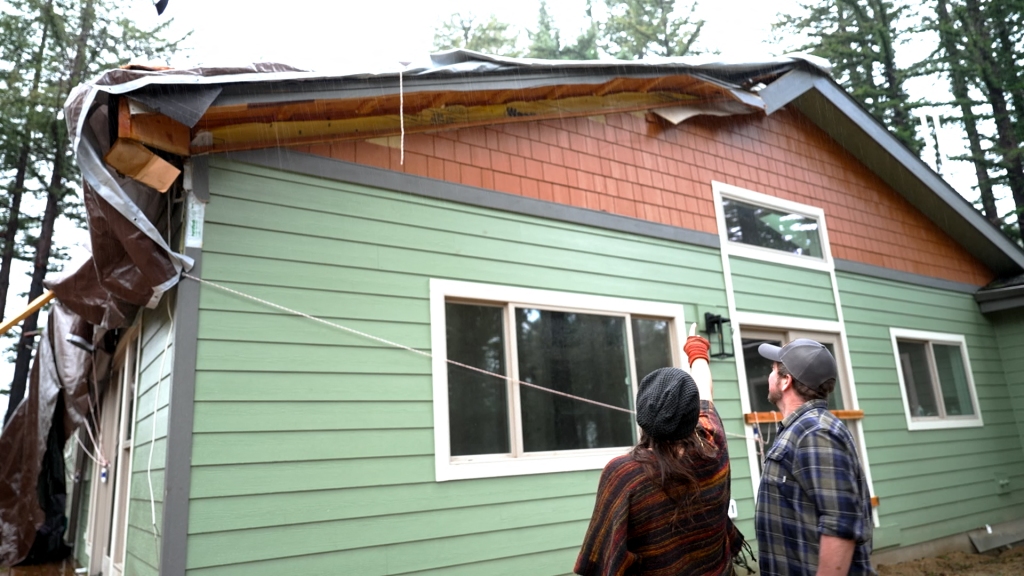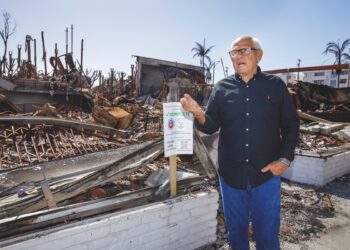Kristy Jiayi Xu got an unwelcome surprise this New Year’s Eve: The roof of her garage was leaking during a severe rainstorm in San Francisco. Delays in getting a contractor to fix the roof have brought unexpected costs to keep things dry, including a dehumidifier.
“My husband and I are both from the East Coast, so we always think the rain here lasts for a day,” says Xu, certified financial planner and CEO of the firm Global Wealth Harbor.
In September 2022, she and her husband faced a heat wave — another weather incident they weren’t expecting.
“We have air conditioning, but the bill was so high,” she says.
For over a decade, scientific reports have shown how climate change will likely make extreme weather events more frequent. And this trend might affect your wallet.
Let’s break it down.
Higher insurance deductibles and additional policies
More storms typically mean more risk of damage to your home or car. And getting enough home and other insurance — at a reasonable cost — can be its own challenge.
Competition among insurers is shrinking in areas most vulnerable to climate change, which means higher prices for consumers, especially higher deductibles, says Amy Bach, executive director of United Policyholders, a nonprofit that advocates for insurance consumers. A deductible is the amount you pay before an insurer covers damages.
In hurricane-prone states, some insurers offer home insurance policies with separate hurricane deductibles. And insurers’ policy language keeps changing to limit what they pay for, Bach says.
Climate change contributes to rising insurance costs, but pricing risks is what insurers are equipped to do, said Jeff Brewer, department vice president of public affairs for the American Property Casualty Insurance Association, in an email. However, legal system abuse, claims fraud and regulatory interference contribute to growing market instability in several states, he said.
If you live in an area prone to floods or…
Read the full article here







